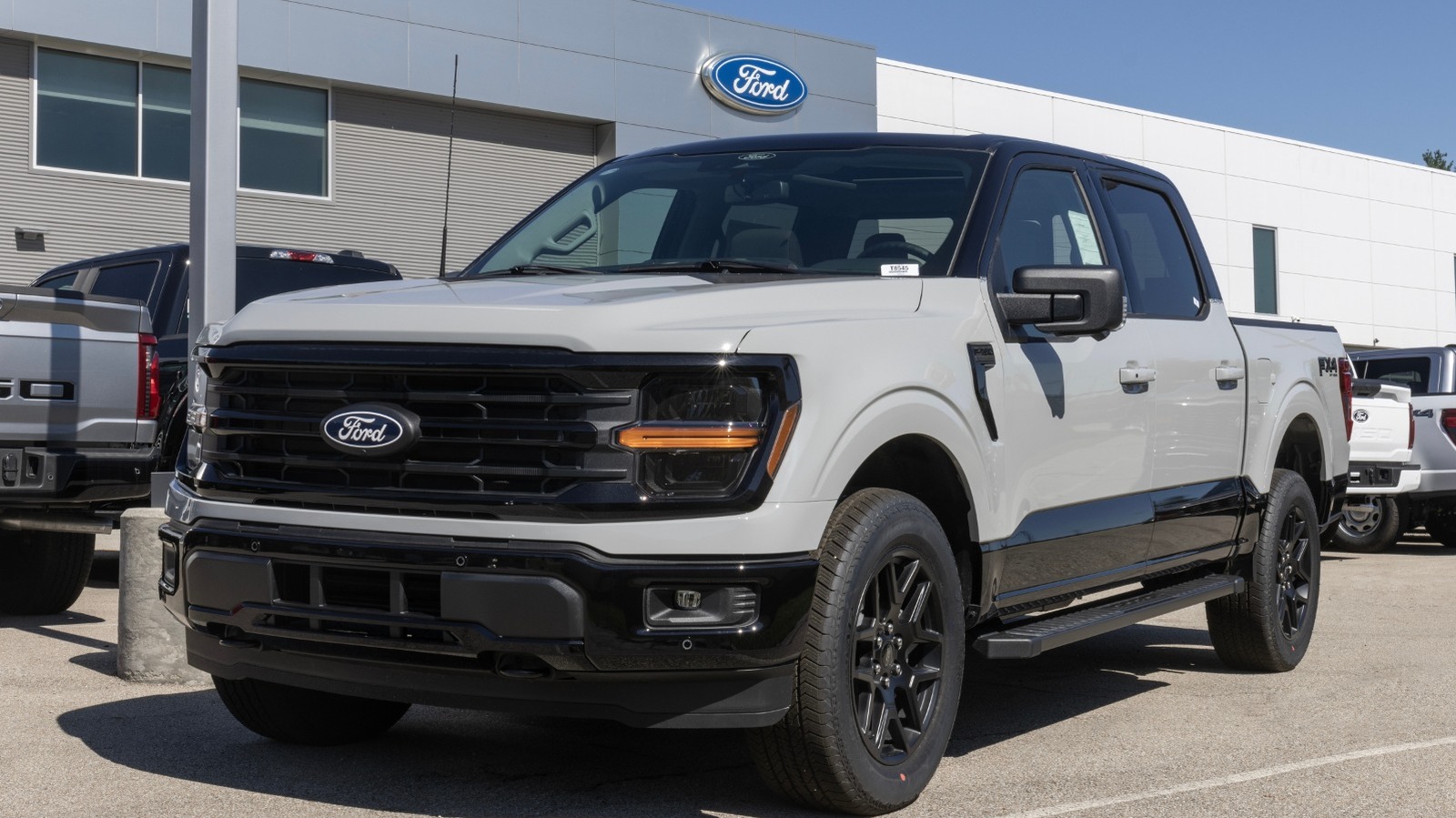Since its inception in 1903, Ford has been at the forefront of automotive innovation, and its EcoBoost range of engines is no exception. Somehow, Ford managed to create an engine smaller than a typical internal combustion engine, but still just as powerful and a lot more environmentally friendly. But how exactly do these engines work? Well, by combining turbocharging, direct fuel injection, and variable valve timing, EcoBoost engines are not only able to burn fuel more precisely and efficiently, but they also repurpose the exhaust they create to give a significant boost in performance.
Ford began the EcoBoost journey in 2009 with a 3.5-liter twin-turbo V6 engine , and the rest is history. In 2016, Ford took the already successful 2.
7-liter Nano V6 EcoBoost and increased its displacement, introducing the larger 3.0-liter V6 engine to the EcoBoost lineup, also under the Nano family. Since its launch, it has mostly been met with praise and has appeared under the hood of several Ford vehicles, from SUVs to pickup trucks.
We even recently placed it pretty high up on our ranking of every EcoBoost engine in Ford's lineup . With that said, let's take a look at every Ford model that features the 3.0-liter EcoBoost engine.
Interestingly, the first time we saw this engine in action wasn't in a Ford nameplate vehicle, but in a Lincoln — if you didn't know, it's one of the brands Ford owns . The 3.0-liter EcoBoost debuted under the hood of the second-generation MKZ sedan in 2016, for th.


















